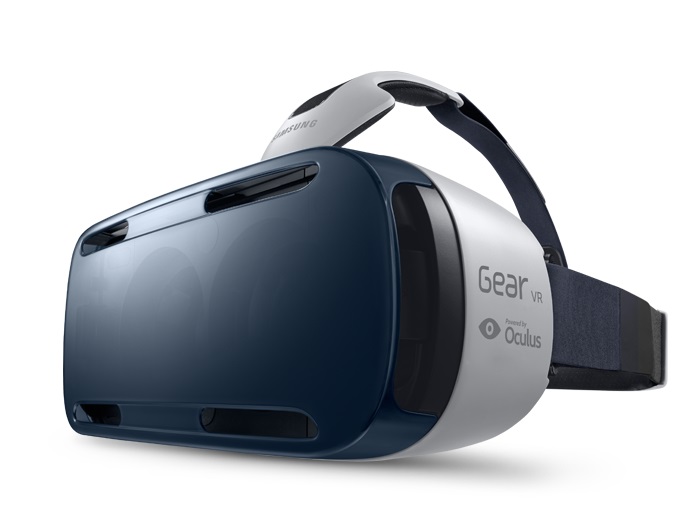Virtual Reality Technology May Integrate Eye-Tracking In Next-Gen Headsets
The Mobile World Congress became the venue for two companies to unveil their own virtual reality technology products. The Samsung Gear VR and the latest Oculus headsets featuring integrated eye-tracking capabilities were showed off at the Barcelona event recently.
Eye-tracking has become a trend in VR and it was demonstrated in the last few months. Controlling inanimate objects used to be in the realm of fantasy, but it may become a part of VR headsets available in the market soon. While eye-tracking tech has existed for a number of years already, its significance became prominent due to virtual reality. Aside from providing a new way of interacting with content, it also offers benefits for privacy and security. Battery life can also be prolonged with the use of the technology, which is essential for headsets powered with a smartphone, such as the Samsung Gear VR.
Virtual reality technology enthusiasts are expecting 2016 to be the best year for the technology with the upcoming release of the HTC Vive and Oculus VR. VR has become the biggest draw in the biggest mobile show in the world this year. Mark Zuckerberg, CEO of Facebook, also talked about the possible use of the technology in social networks. However, people are already looking into the future with the use of niche technologies, such as eye tracking.

Virtual Reality Technology May Integrate Eye-Tracking In Next-Gen Headsets - image credit: samsung.com
One notable benefit of the use of eye-tracking in virtual reality technology is it offers additional options when playing games. An Oculus Rift demo using The Eye Tribe tech showed the path the pupils took when it scanned the screen since it was highlighted in red.
A SensoMotoric Instruments demo using the Samsung Gear VR allowed users to play a whack-a-mole game by simply looking at the beast before tapping the control panel on the side. The battery life of the smartphone is pushed to the limits when mobile headsets, such as the Samsung Gear VR, were used. Foveated rendering was used to solve this issue. It was demonstrated by the two companies during the Mobile World Congress. When the pupil is being tracked, a single point on the screen is shown by foveated rendering at full resolution. The other parts of the screen were had a lower resolution, which does not require too much battery life. The mind is tricked into thinking that the entire screen was shown in full resolution.
Authentication is another application for virtual reality technology being developed by Eye Tribe. Eye-tracking may be able to detect the profile and content to be shown on the virtual reality headset. While Eye Tribe has worked on integrating virtual reality technology into smartphones and smartwatches, it believes it can be more successful with the use of VR headsets. Even though the technology may have lesser chances of working properly if it is used further away from the eyes, the use of a sensor located on the foam of a VR headset may reduce, if not, eliminate any errors.
It remains uncertain whether major virtual reality technology investors are keen on the use of eye-tracking tech on future generations of headsets.